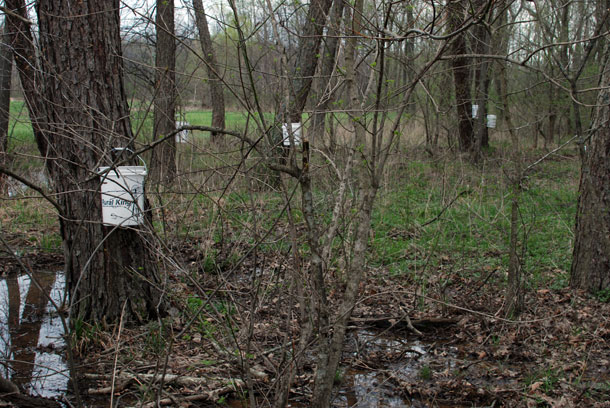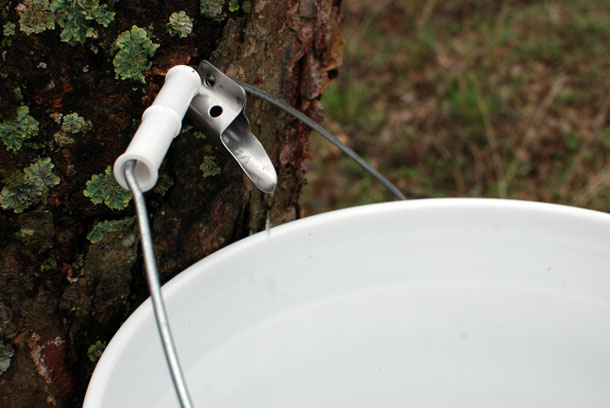MONDAY BEER LINKS, MUSING 04.20.15
During the opening session of the Craft Brewers Conference last week Brewers Assocation board chair Gary Fish said that, at least for the week, Portland, Oregon, was the “epicenter of craft beer.” I can neither confirm nor deny that. I spent my week among the trees, specific trees as a matter of fact, because I was in information collecting mode. And, I figured out over the weekend as I tried to catch up with Twitter and Feedly, pretty disconnected from the rest of the beer world.
Amidst all the high-fiving about how terrific beer in Portland is and what a fine job the city did hosting the convention there was this:
So, I take it there wasn't a session at #CBC15 on "How Not To Alienate Women in Craft Beer By Holding Brewery Events at Strip Clubs" ?
— Carla Jean Lauter (@beerbabe) April 17, 2015
Trying to provide context via Twitter can be maddening. My suggestion is to visit Carla Jean Lauter’s Twitter feed (@beerbabe) read through her tweets and also the replies that followed. Here’s an essential one:
I just find this to be inappropriate as a whole. Completely. pic.twitter.com/WGDb51WDZe
— Carla Jean Lauter (@beerbabe) April 17, 2015
And in the midst of this Heather Vandenengal added more context with “A quick note on sexism and the beer industry.”
Twenty years ago, when Daria and I first visited the Oregon Brewers Festival, that a group of brewers assembled after a day’s work to head off together to a local strip club that had scores of beers on tap was pointed to with a sense of pride. It was another sign how far ahead of the beer curve Portland was — even the strip clubs have better beer. Maybe it is because strip clubs are as much a part of the Portland culture as beer variety, but nobody seemed to be bothered that not all of us are comfortable with treating women as objects.
To be clear, this isn’t a discussion primarily about strip clubs in Portland. All About Beer provided a guide to spots to look for before CBC began. And in the midst of the conversation Lauter started there was this from @SamuraiArtist:
@beerbabe i do wonder if there is a regional difference though. In Portland a lot of strip clubs have as many women in them as men
— SamuraiArtist (@SamuraiArtist) April 19, 2015
This is a discussion about awareness. There’s been an ongoing conversation about sexism in beer and it needs to continue. In the midst of all those tweets somebody suggested “someone will still find a reason to be upset” and that is true. But some things should be obvious. “I sell beer. I want more women to buy it. I’d like more women to feel comfortable working in my industry.” The next thought should not be “Benjamin Braddock got the girl in the end, so I’ll ask these women to join me at a strip club.”
What do these exchanges on Twitter, and in actual one-on-one conversations, tell us about this entity broadly labeled craft beer? That it is as flawed as society itself? Or that we expect to it be somehow special, less flawed?
Vandenengal wrote, “The reality is that dealing with casually and overtly sexist men who don’t respect women is something that all women of all industries and backgrounds deal with all the time, in both their personal and professional lives. It’s no different in craft beer.”
Not a cheery thought to begin Monday with, but a fact. [Via Twitter, Heather Vandenengal]
Returning to our regularly scheduled program . . .
Critical Drinking — The Craft Brewers Conference + Getting Weird — Good Beer Hunting.
Later this weeks I’ll post some thoughts from the view from 20 feet (in other words, all about hops), but if you’d like more big picture thinking (the view from 20,000 feet) start here. [Via Good Beer Hunting]
Popularity, personal tastes and beer culture.
Is it possible that “local beer cultures do not exist, that they’re only a myth; something artificially preserved for tourists and romantics?”
[Via Pivní Filosof – Beer Philosopher]
What do you really think of that wine? Ask your brain.
If you are going to call somebody a hophead, or hop head, then an MRI kind of makes senses, doesn’t it? [Via Palate Press]
Science Has Not Really Spoken (On The Study Of Big Flavor Wines).
A discussion about wine that is just as relevant to beer. [Via 1 Wine Dude]
And to finish off with a smile, back to Twitter.
By the end of the day I'll be back in PDX. I doubt I'll see this in that airport ~ PBR is the beer of the month. pic.twitter.com/0WuPH3As1U
— OHBA (@brewingarchives) April 19, 2015
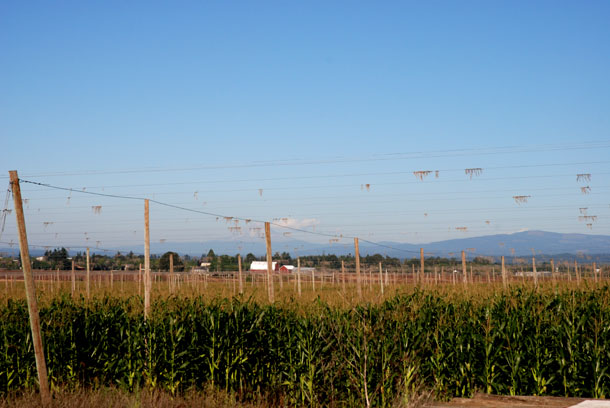
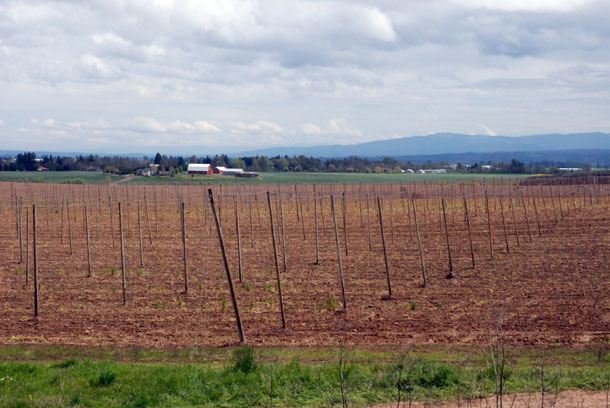
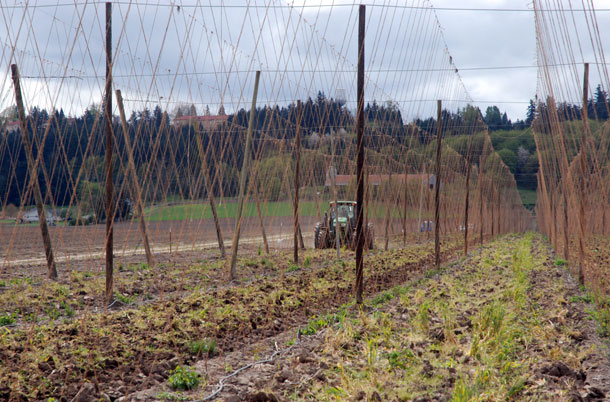
 Host Allstair Reese has announced the topic for
Host Allstair Reese has announced the topic for 